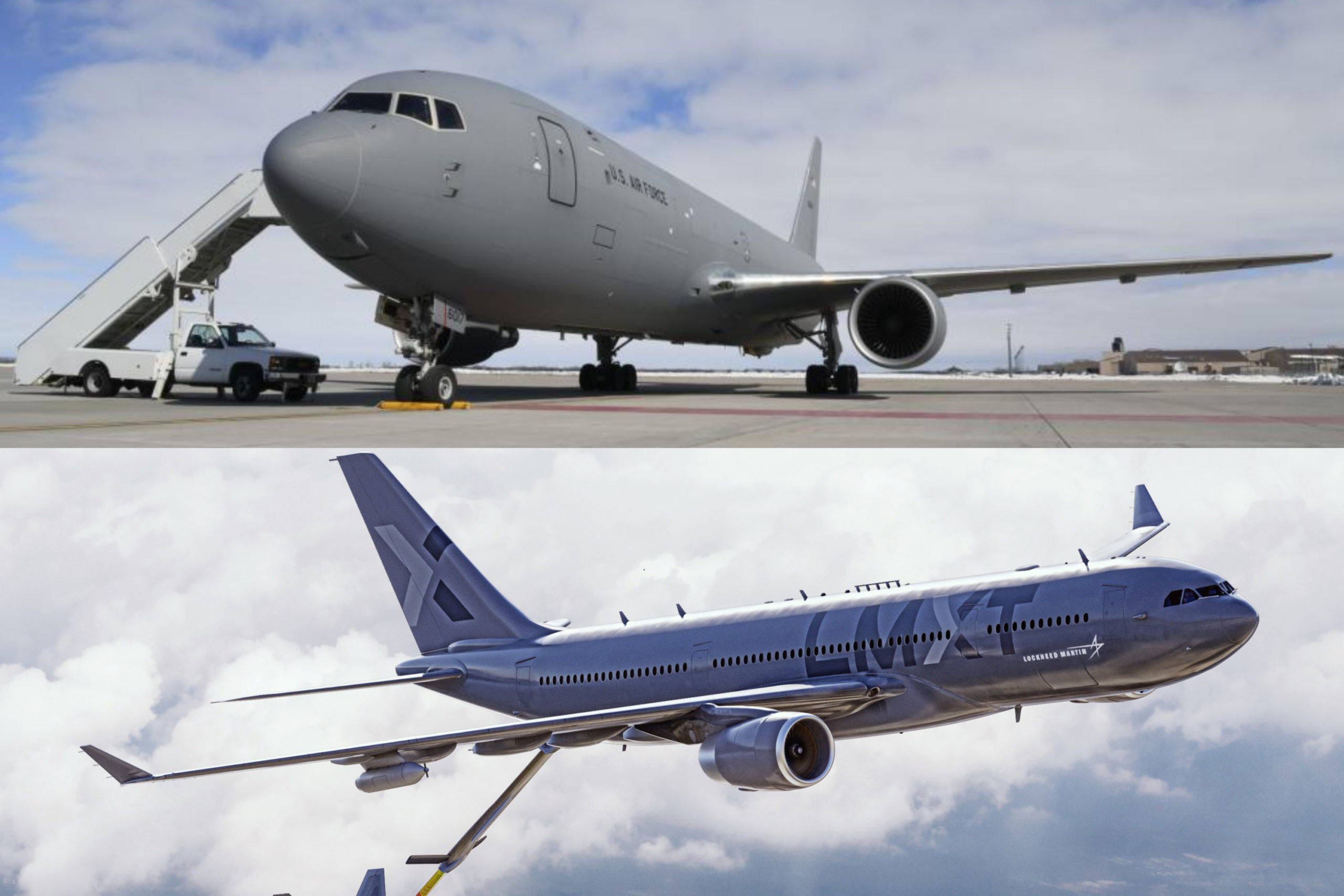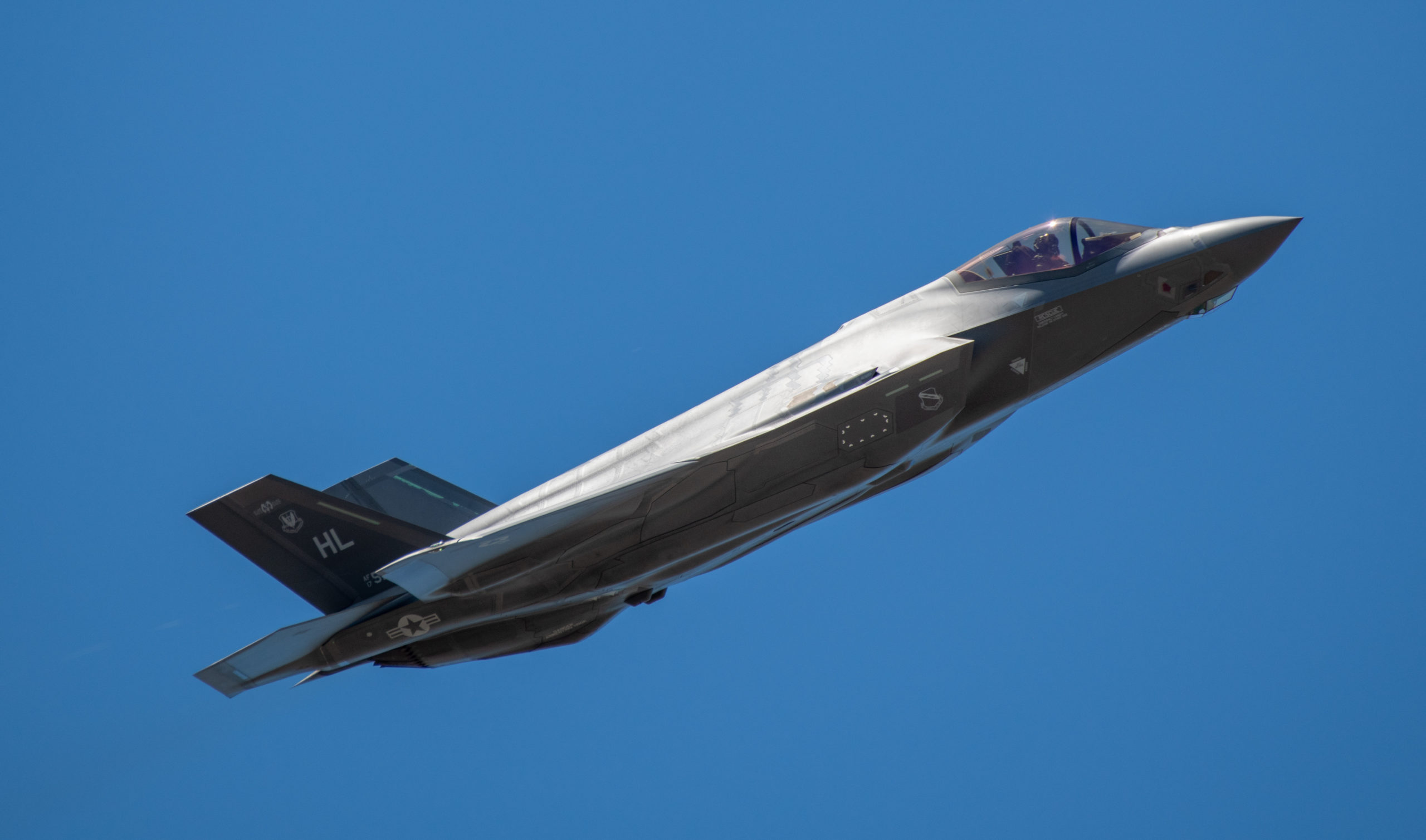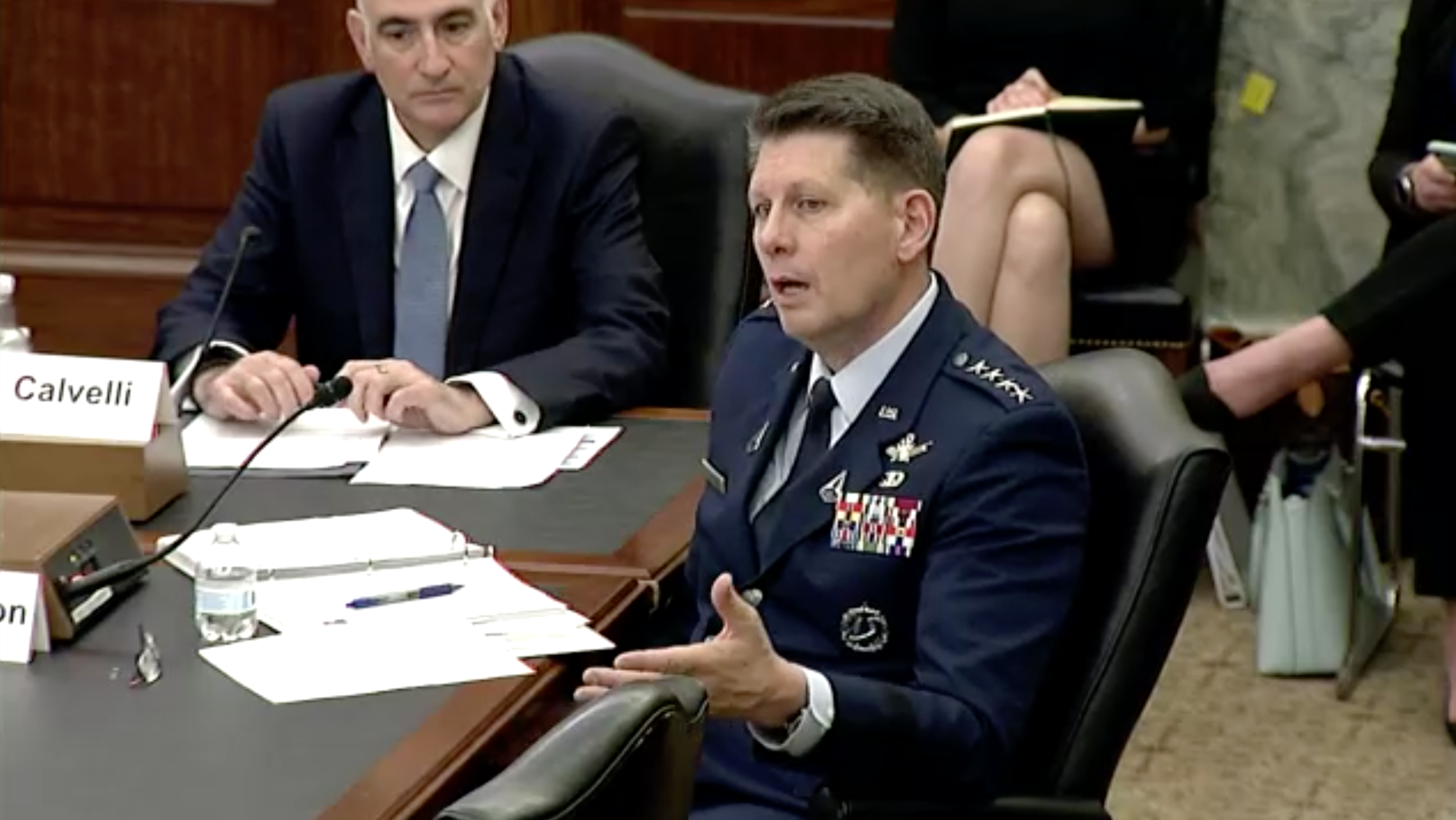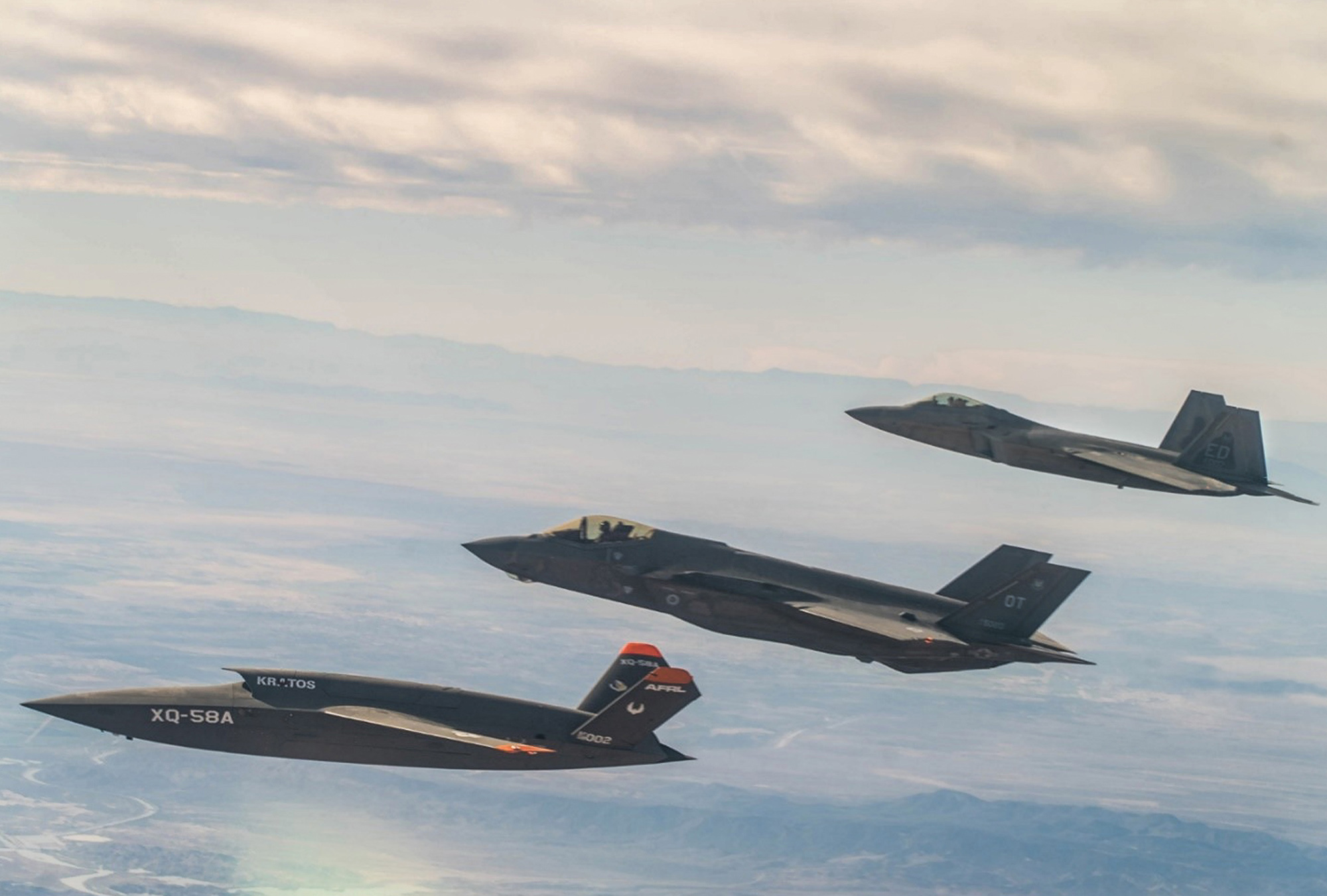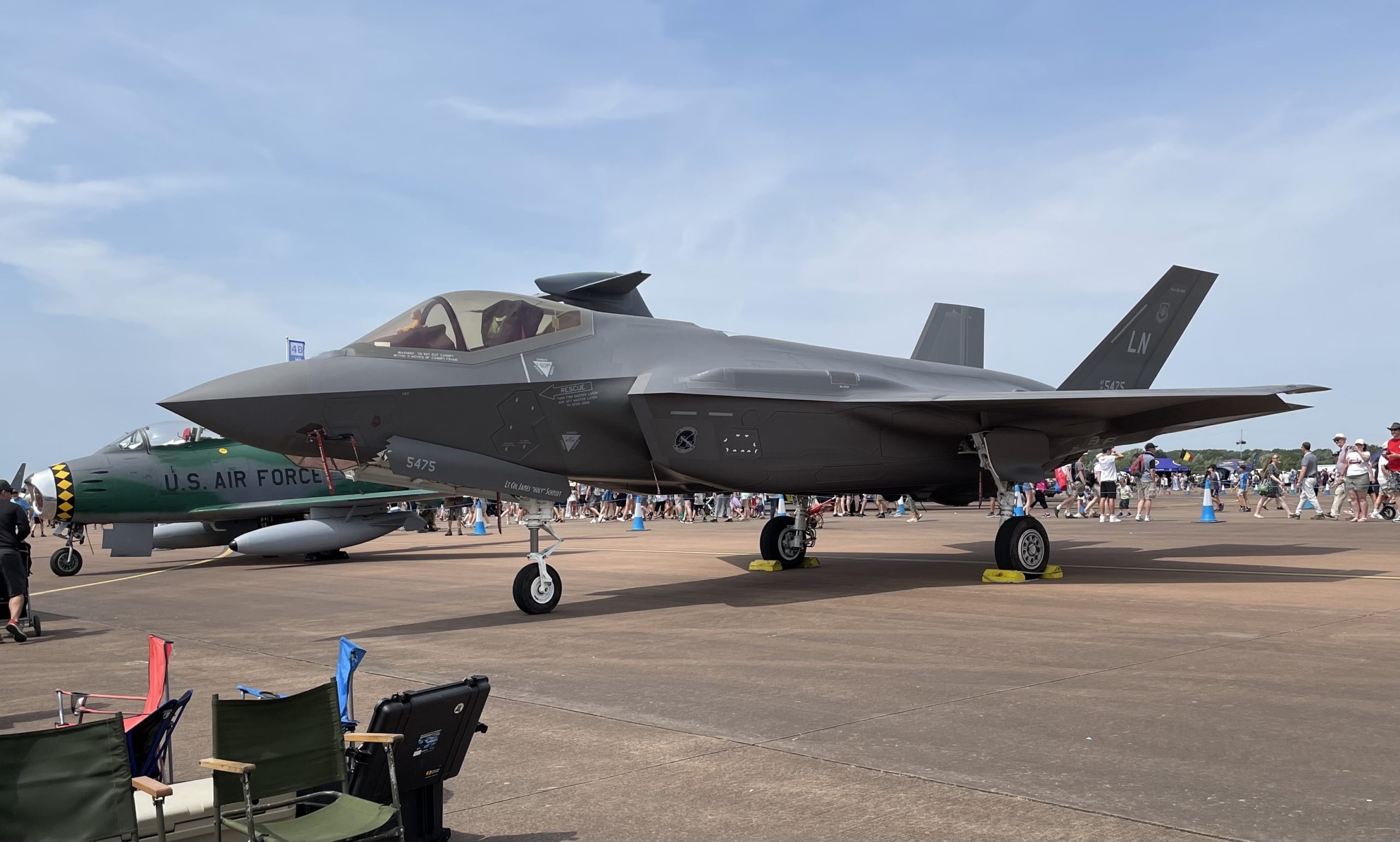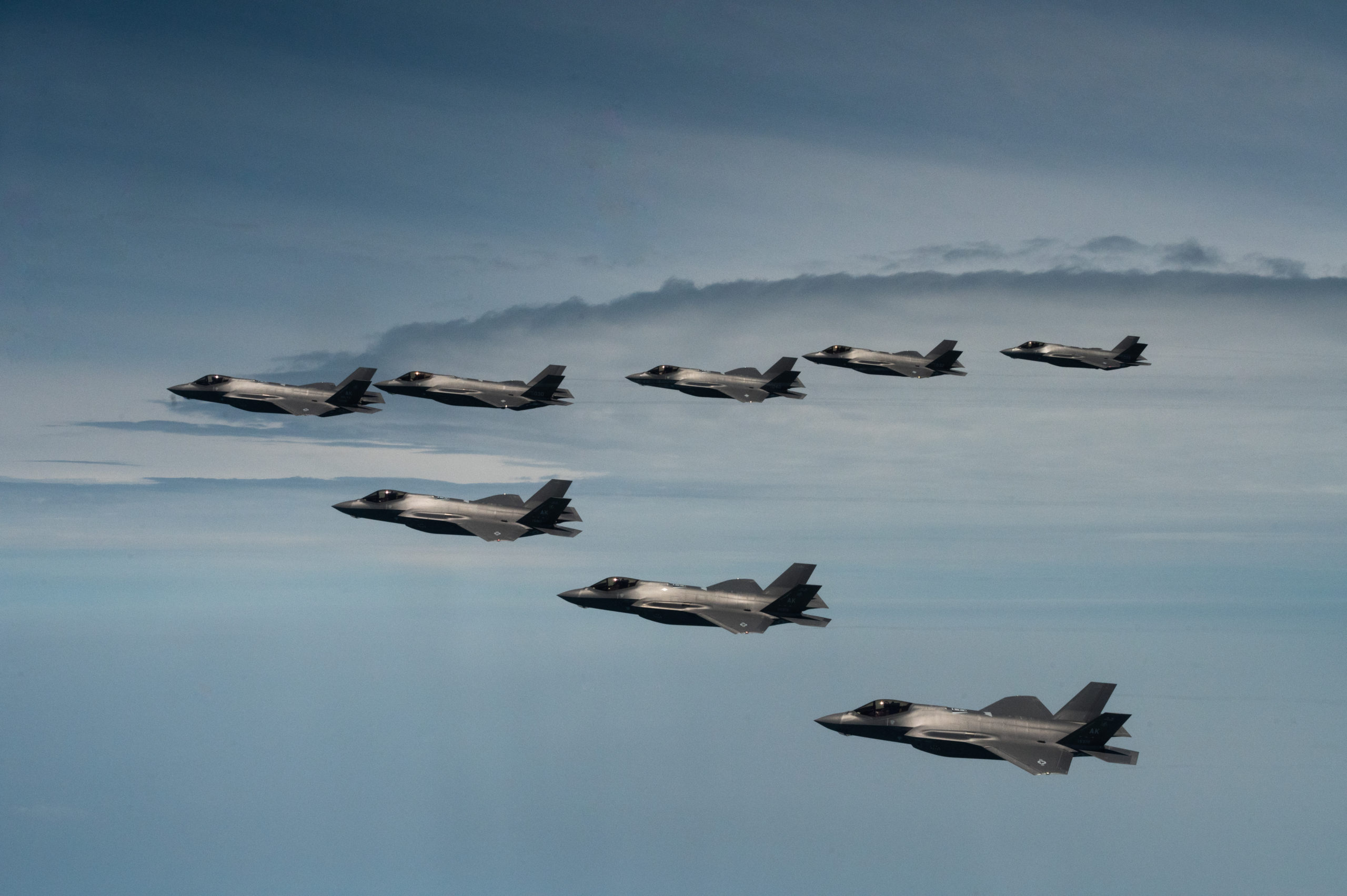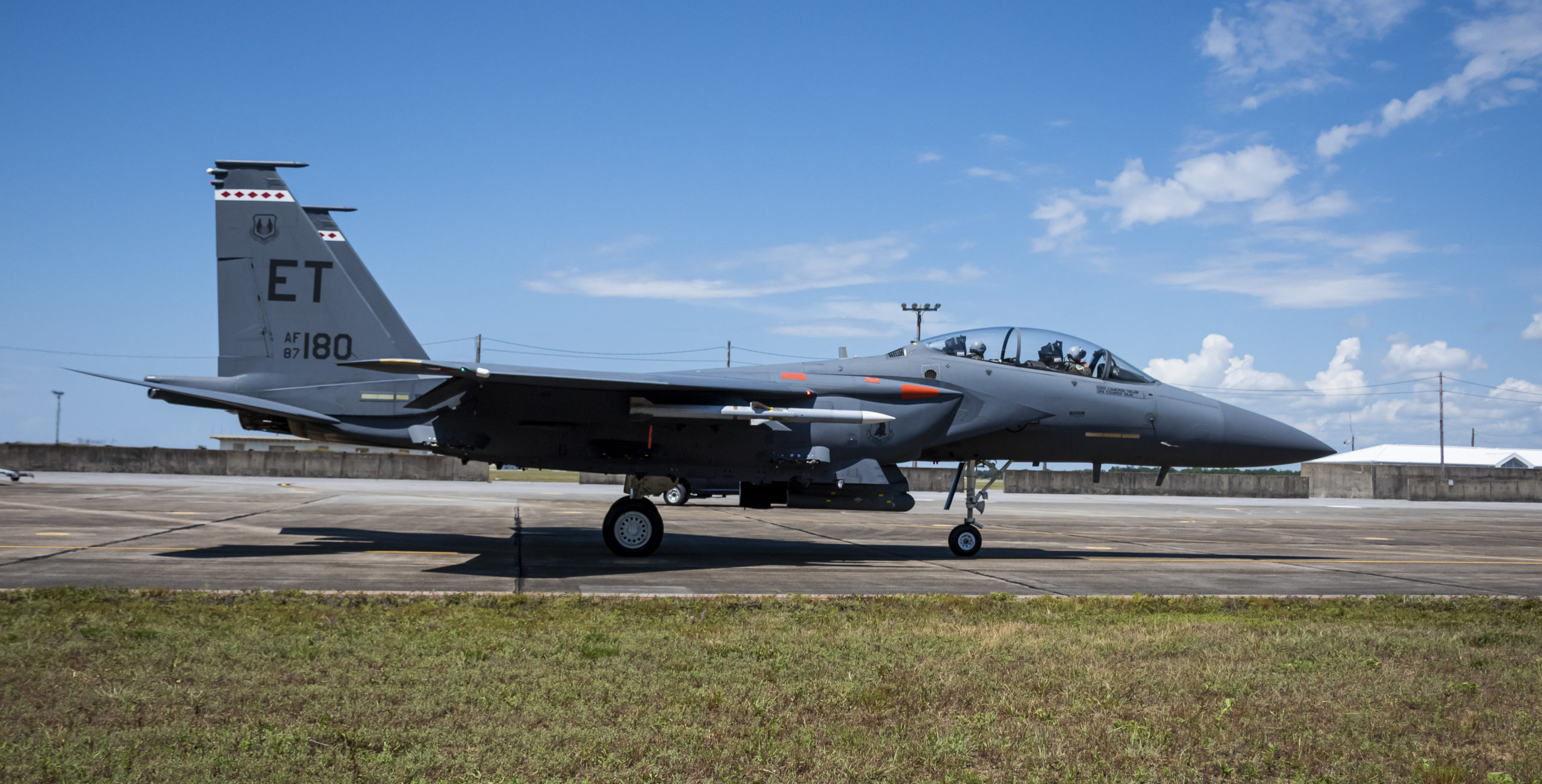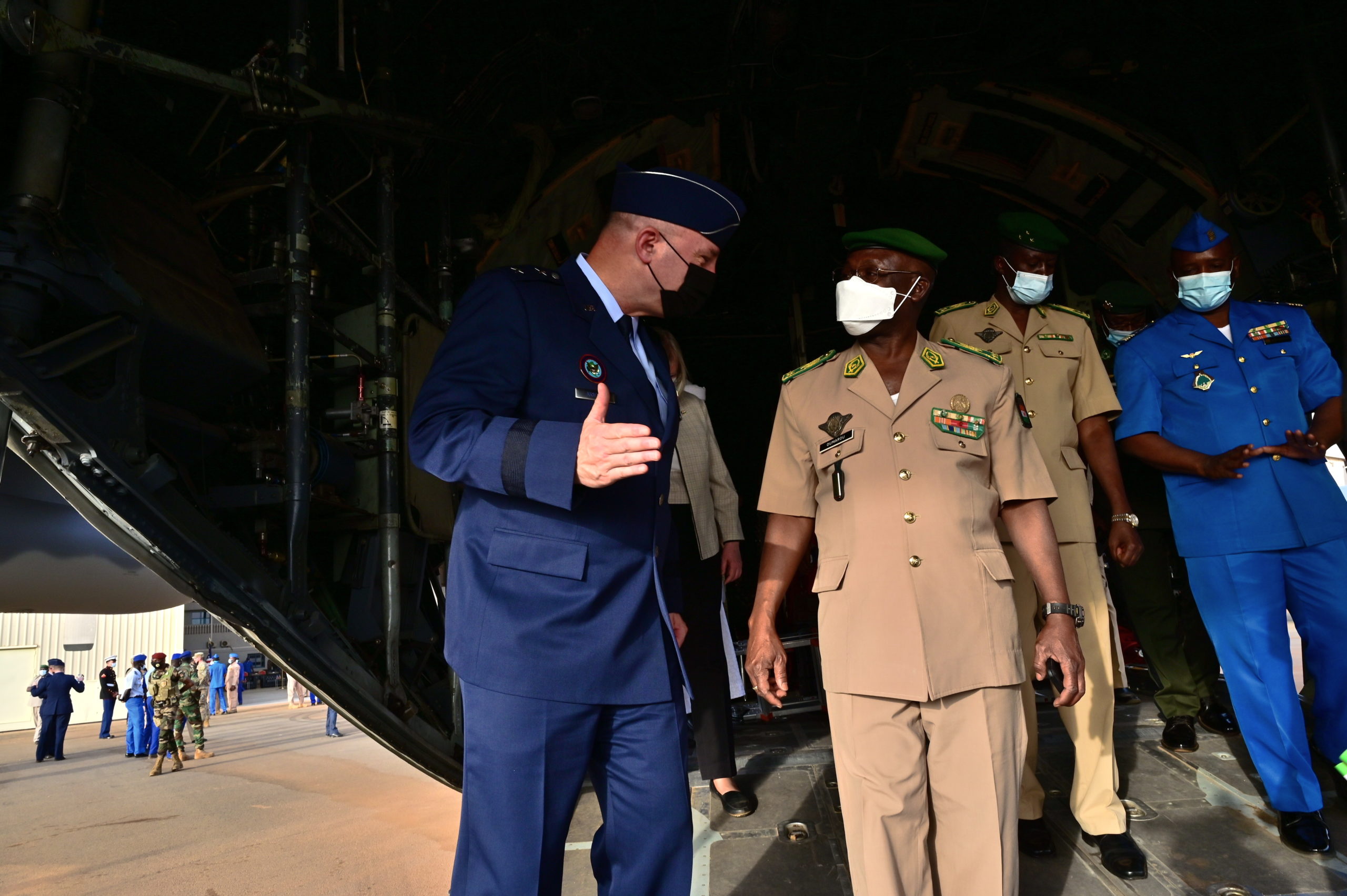FARNBOROUGH, U.K.—The defense contractors vying for the Air Force’s tentative “bridge tanker” program updated the status of their aerial refuelers this week at the Farnborough International Airshow, citing new capabilities aimed at automating the refueling process.
Air Force Secretary Frank Kendall has repeatedly said the likelihood of a competition for the service’s “bridge tanker” program has gone down in recent months, a seeming endorsement of Boeing’s KC-46 Pegasus and a blow to the LMXT, the alternative proposed by Lockheed Martin and Airbus.
Lockheed Martin, however, continues to state publicly that it believes there will be a competition for the KC-Y program meant to “bridge” the gap between the end of the KC-46 and a next-generation refueling family of systems.
“Our expectation is that the Secretary and the department will continue to go through the requirements and that we’ll have the opportunity to compete fairly,” Erin Moseley, Lockheed Martin’s vice president for strategy and business development for aeronautics, told reporters.
At the same time, Moseley sought to highlight the differences between the LMXT and the KC-46, saying they would “complement” each other and that the LMXT would demonstrate “real technological advances … that could also then segue into what [a future tanker] might look like.”
Airbus cited some of those new technologies developed for its A330 MRTT, on which the LMXT is based. Specifically, the contractor announced that its fully automatic air-to-air refueling system has achieved new milestones, successfully collaborating with the Republic of Singapore Air Force and receiving certification from a Spanish agency to conduct operations in daylight.
Airbus has been working on the system for several years now. It is designed to reduce the workload of the boom operator by using software to fly the boom automatically, keep alignment between the boom tip and the receiver receptacle, extend and retract the telescopic beam, and initiate and terminate the refueling process, all while the boom operator monitors the process.
On top of that, Airbus introduced a new program, Auto’Mate, aimed at developing, testing, and integrating technology that will allow for autonomous air-to-air refueling. The company is hoping to test that tech by 2023.
In response, Boeing revealed that the KC-46 Pegasus tanker has conducted flight tests demonstrating autonomous boom aerial refueling, but in a briefing with reporters, senior regional director of international business development for Europe and the Americas Tim Flood declined to share any more details about that testing, including when it occurred or what exactly it demonstrated.
“This is all part of our ongoing internal development program,” Flood said. “We’re bringing a range of features, including autonomy, to the KC-46, and as part of that broader development and flight test program, and we’re incorporating these types of new improvements and testing them.”
At the same time, Flood seemed to downplay the importance of making sure the KC-46 can autonomously refuel.
“It’s not the only important thing to provide the Air Force,” said Flood. “It’s all about providing capability for aerial refueling. So right now the U.S. Air Force has delivered over 80 million pounds of fuel [with the KC-46], so it’s not hampering the success to deliver.”
The Air Force has been pursuing automated and autonomous refueling for years now, and autonomous refueling operations, for both tankers and receivers, was listed as a potential requirement in the service’s recent request for information starting the new Advanced Aerial Refueling Family of Systems program.
Boeing does have some experience in the field. In 2009, the Air Force Research Laboratory gave the company a contract to explore the technology, and in 2021, its MQ-25 drone completed its first aerial refueling of an F-35C as part of a Navy program.
But when asked if Boeing could apply what it had learned from the MQ-25 for the KC-Z program, Flood demurred. Instead, he emphasized that the contractor’s main focus is on delivering the KC-46. The program has been plagued by issues, most prominently with the Remote Vision System, but the Air Force has closed the preliminary design review for the system’s successor, RVS 2.0, and Flood said the company is now on a “steady path” in that regard.
As for Boeing’s second priority, “we’re really excited about KC-Y,” Flood said. “We’re going to focus on what that requirement looks like, what the Air Force strategy is, and then focus on that.”
